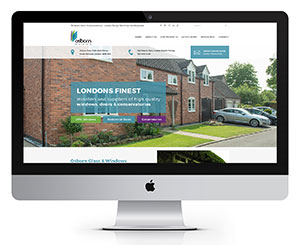The need for safety glass depends on the application, and whether your project needs to meet the strict safety regulations for glass installations. Read on to find out where safety glass is a must and when regular glass will do.
Safety regulations for glass – essential information before you order!
The most common causes of injury with glass is from locations such as low windows, low level glass in walls, door side panels and glass partitions. It is crucial to understand when you need to use safety glass to prevent injury.
What is the difference between safety glass and normal glass?
Both safety and regular glass are made with the same base materials but safety glass needs to be considered when there is a higher chance the glass will get broken. It may be difficult to tell them apart from a first glance. Safety glass, also known as tempered glass, has smoother edges and may have a few minor imperfections on the surface from the heating process, compared to normal glass which has rougher edges.
Do I need safety glass?
Safety glass must be used in any area that has a high chance of breakage. These areas are also known as critical areas. Safety glass needs to be fitted in all windows and doors that are lower than 800mm, from the floor level. However, glass panels that are less than 250mm wide have an option to be installed with laminated glass rather than toughened glass. Critical areas are outlined on the Government website, in the approved building regulations document.
When should safety glass be used?
When safety glass breaks, it does not shatter, instead, it breaks into small blunt pieces which prevents injury. Here are key places where safety glass should be used:
- Glass stairs
- Showerscreens
- Worktops
- Tables
- Glazing in doors
- Low level windows
You will also find safety glass installed in public places such as pubs, nursery settings, restaurants and hair dressers.












